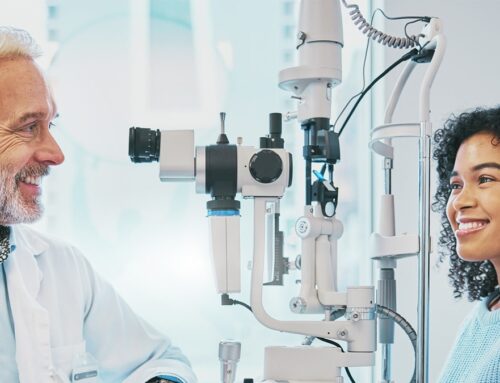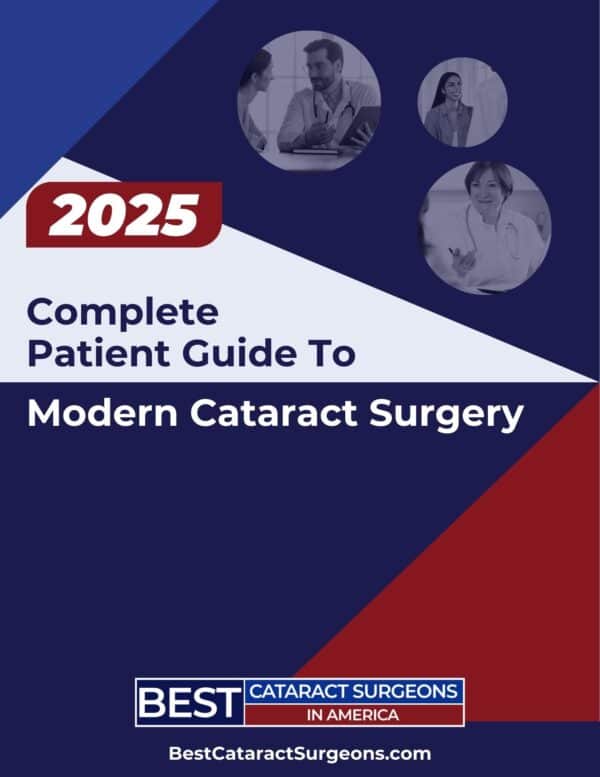Introduction
Nuclear cataracts are one of the most common age-related vision problems, affecting about 1 in 12 of the global population, according to a 2020 meta-analysis published in BMC Ophthalmology. If you’re concerned about developing nuclear cataracts as you age, this article provides an in-depth look into them, covering everything from the causes, symptoms, and diagnosis, to treatment options available.
What Are Nuclear Cataracts?
Normally, your eye’s lens is clear, allowing light to pass through unimpeded. As you age, proteins in the central part of the lens called the nucleus, can clump together and cause the lens to harden and cloud. This disrupts the lens’s ability to transmit light, impacting your vision.
What Causes of Nuclear Cataracts?
The main cause of nuclear cataracts is aging. As we get older, oxidation and biochemical changes in the eye causes the lens proteins to clump, cloud, and yellow the lens. But other factors that can contribute, include:
- Prolonged UV exposure can accelerate nuclear cataract development by stressing the proteins that make up your lens structure. This can disrupt the structure of the proteins altogether, and deplete its antioxidants, which can lead to the creation of a nuclear cataract. The good news? Wearing UV protection like sunglasses, goes a long way to maintaining healthy vision.
- Lifestyle factors like smoking and being obese are major risk factors associated with nuclear cataracts. Smoking contributes by increasing oxidative damage to the lens proteins, and obesity leads to metabolic abnormalities that can accelerate protein damage.
- Medical conditions like diabetes and high blood pressure can increase one’s risk for developing nuclear cataracts by increasing oxidative stress and impairing blood flow and oxygen delivery to the lens over time.
- Eye Injury/Trauma like a blunt eye injury can sometimes lead to nuclear cataract formation by directly disrupting the lens protein.
- Some individuals have a genetic predisposition to develop cataracts earlier on in life.
What Are the Symptoms of Nuclear Cataracts?
Since nuclear cataracts develop slowly, early symptoms may be very subtle, but will become progressively more noticeable as the cataract advances. Common symptoms include:
- Cloudy or blurred vision, especially in distance vision.
- Increased sensitivity to light, and glare.
- Difficulty seeing at night, with halos around lights.
- Frequent eyeglasses prescription changes.
- Diminished perception of colors, appearing faded or dull.
Is There Any Way To Prevent Nuclear Cataracts?
While there’s no guaranteed way to prevent nuclear cataracts, adopting certain healthy lifestyle practices can reduce your risk or slow their progression.
- Maintain a healthy diet that’s rich in fruits and veggies.
- Avoid secondhand smoke, and quit smoking entirely.
- Wear sunglasses that block UVA and UVB rays.
- Manage any underlying health conditions like diabetes or high blood pressure.
- Regularly schedule comprehensive eye examinations.
How Are Nuclear Cataracts Diagnosed?
Nuclear cataracts are diagnosed during a comprehensive eye exam by your ophthalmologist, using specialized tests such as:
- Visual Acuity Test. This measures your ability to see at different distances.
- Slit-Lamp Exam. This provides a magnified view of the front of your eye, so that cloudiness can be detected.
- Dilated Eye Exam. Your pupils are dilated with eye drops, so that a thorough examination of the retina and other internal structures of the eye can be done.
What Is The Treatment For Nuclear Cataracts?
The only effective treatment for nuclear cataracts is cataract surgery to remove the clouded lens and replace it with an artificial intraocular lens (IOL) implant. This is an outpatient procedure that takes 10-20 minutes on average, and has a high success rate.
Can Multifocal Lens Implants Be Used For Nuclear Cataracts?
Yes, as long as your surgeon believes that you are a good candidate for a multifocal lens.
Can Toric Lens Implants Be Used For Nuclear Cataracts?
Yes, if you have moderate to high astigmatism then you are a candidate for a toric lens.
Can Laser Cataract Surgery Be Performed For Nuclear Cataracts?
Yes, advanced femtosecond lasers can be used to remove nuclear cataracts.
Summary
Nuclear cataracts are a very common age-related condition where the central region of your eye’s lens hardens, clouds, and discolors over time. Though not preventable, there are proactive steps you can take to slow progression, and early detection and treatment through cataract surgery can effectively remove the clouded lens and replace it with an artificial one (IOL), significantly improving vision.











